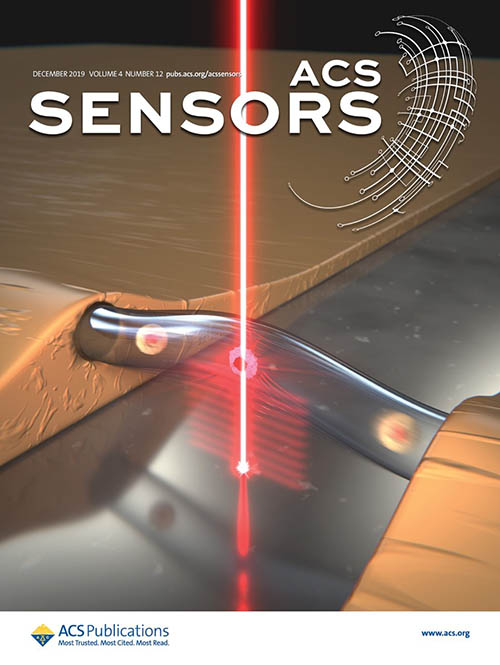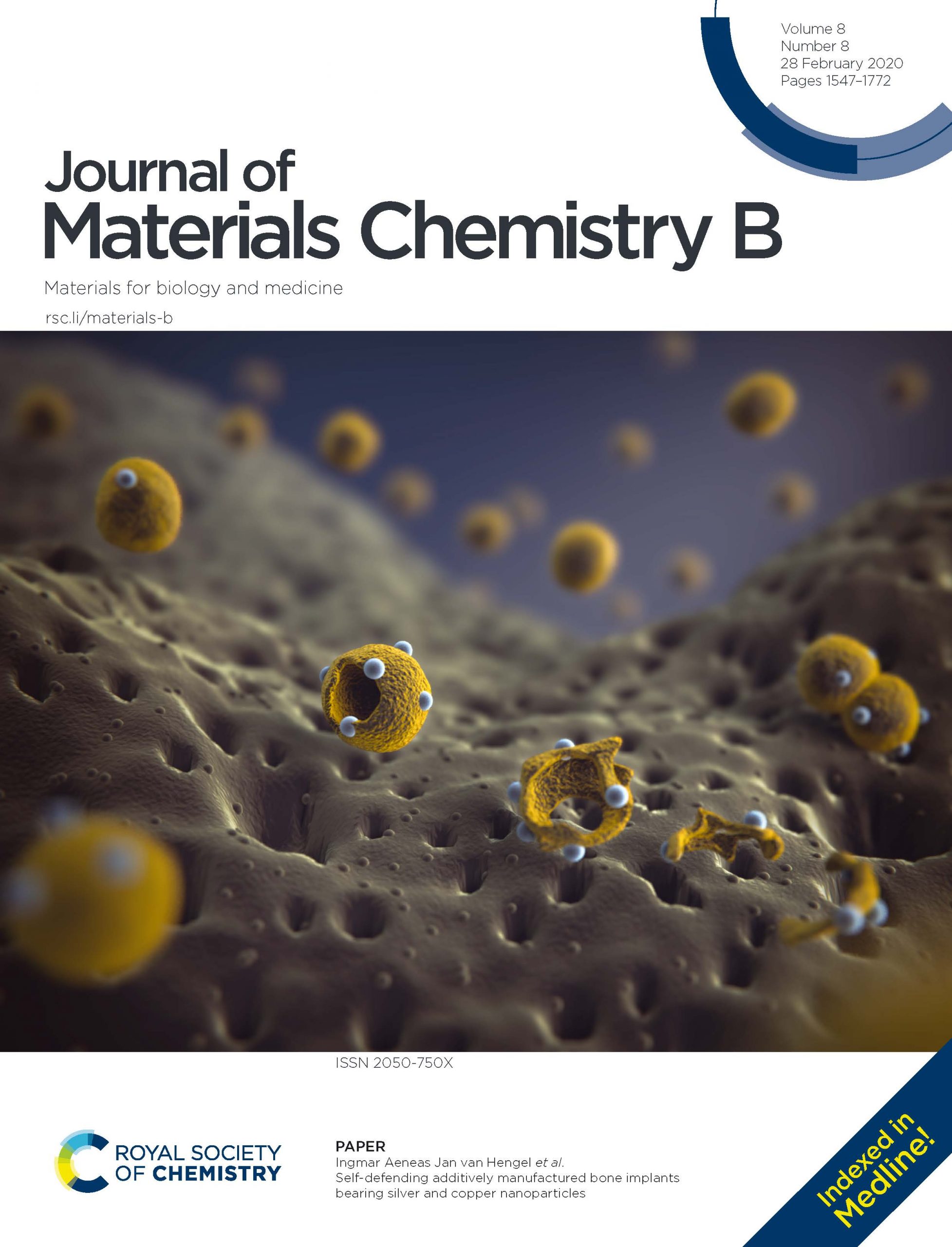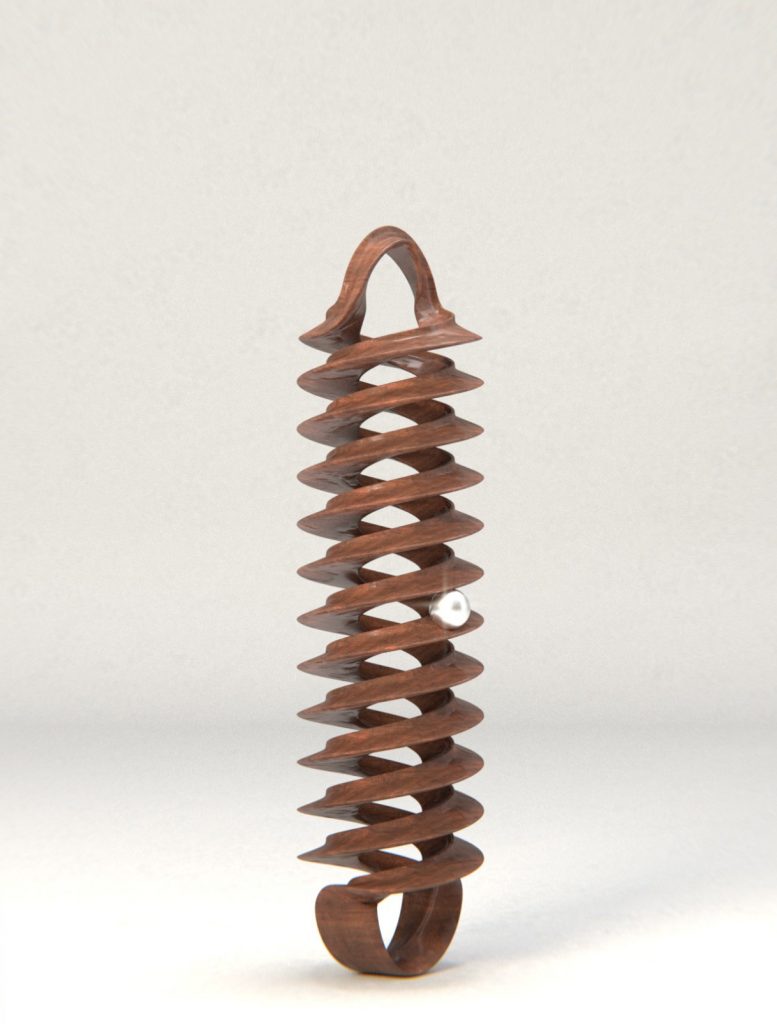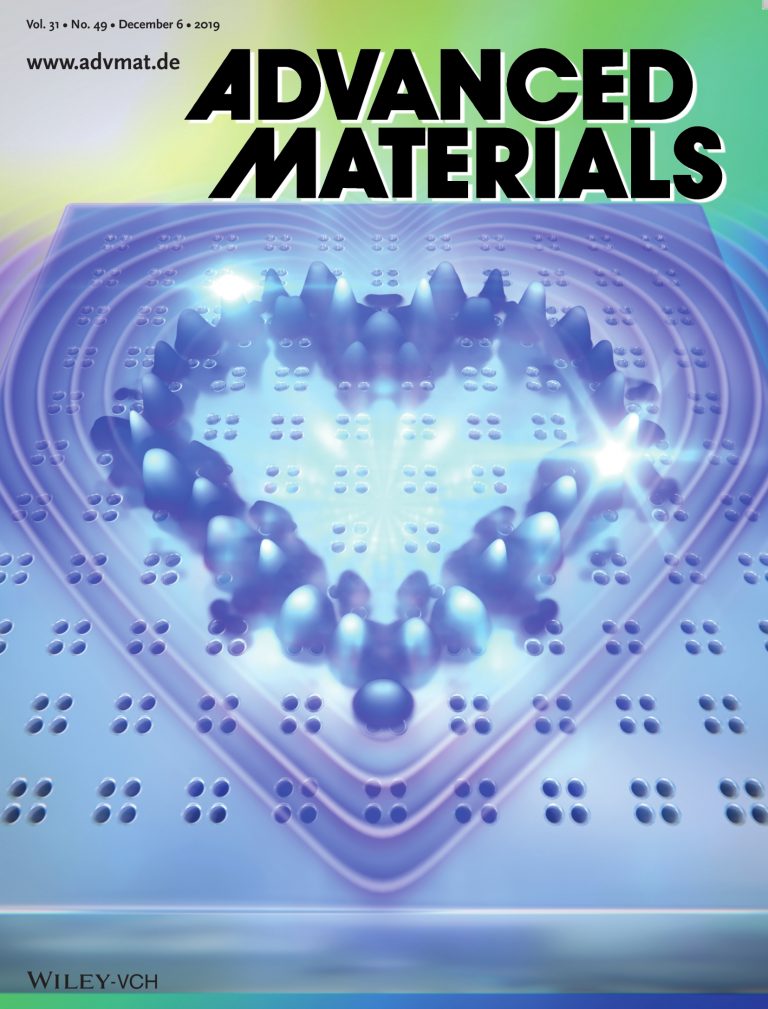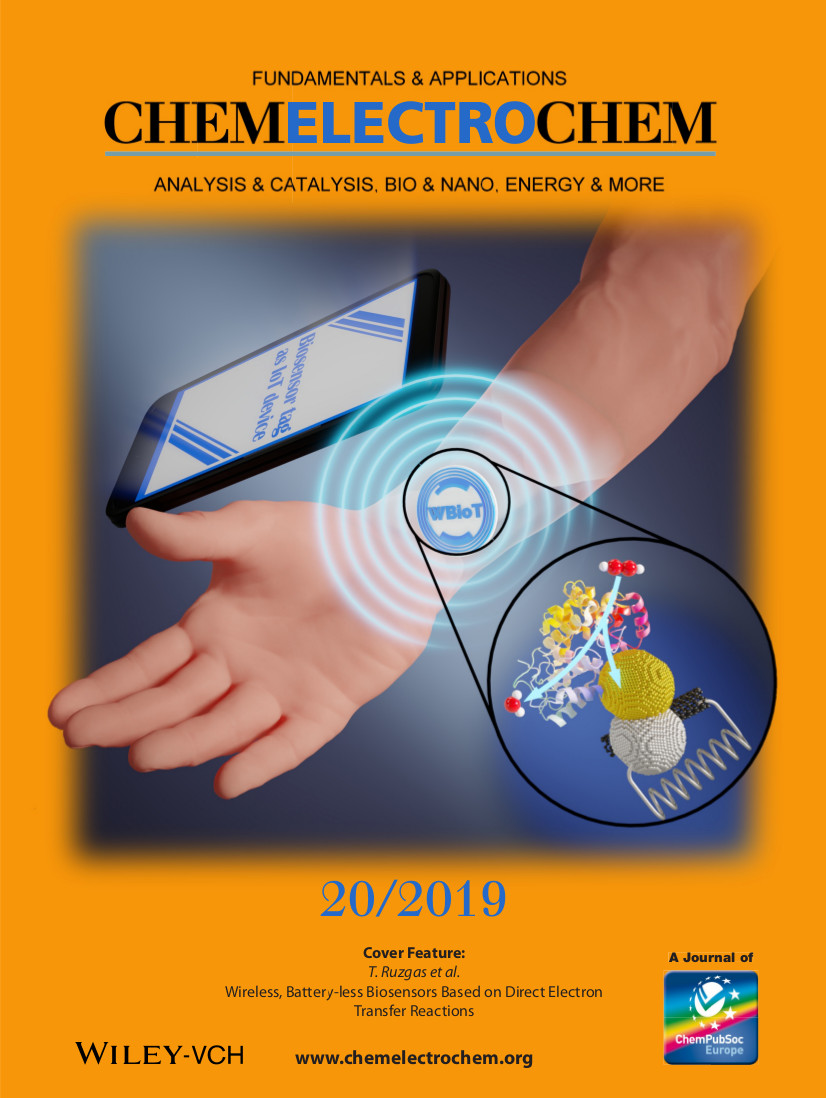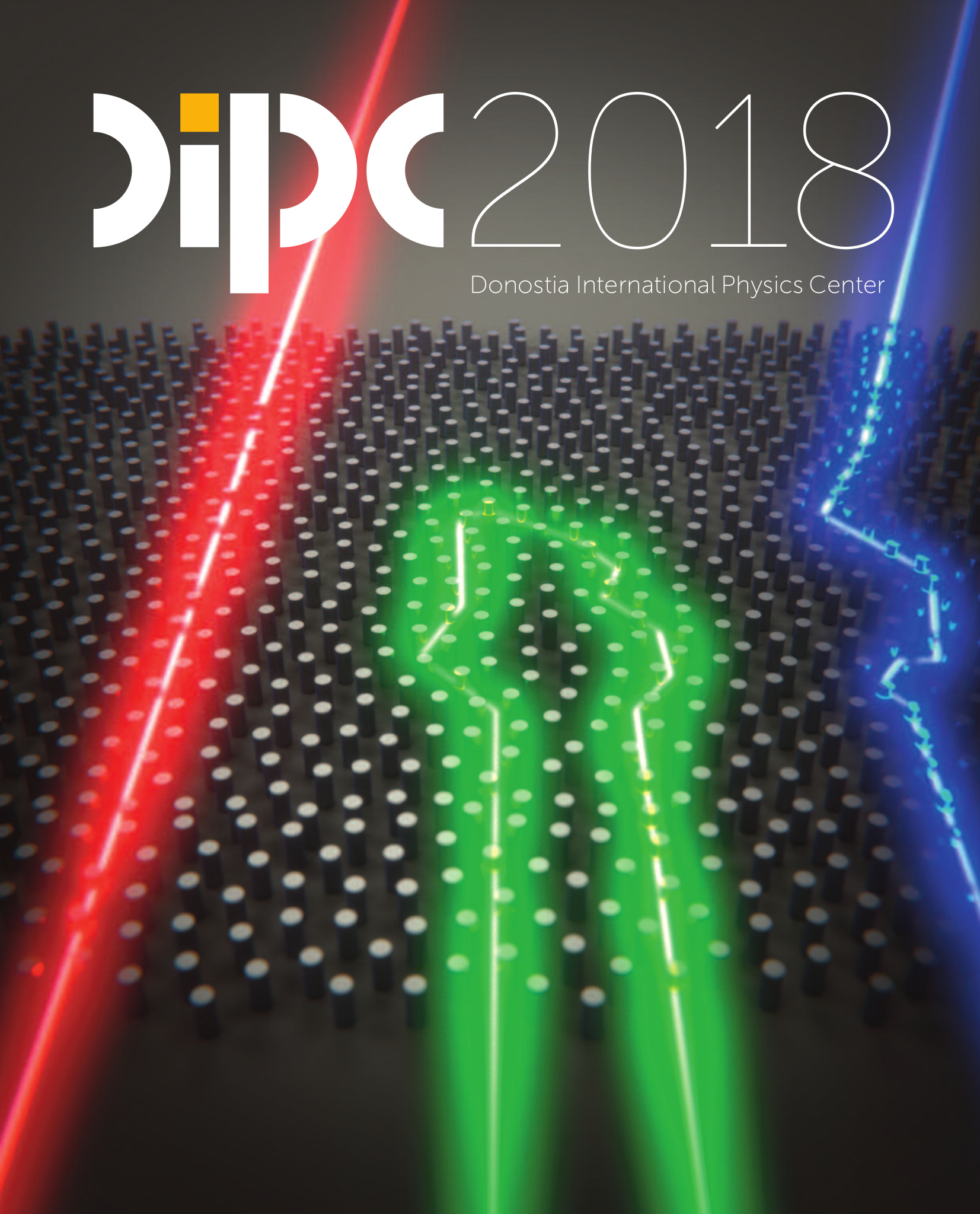Quantum technologies building on solid-state spin systems, as those used in quantum computing and quantum internet, require unprecedented levels of stability. Even small fluctuations in ambient magnetic field messes up with the coherence time of these systems. So for these technologies to have any future we first have to learn how to stabilize and protect individual quantum ensembles. Doctor (congratulations on that) Johannes Koelbl at Basel University, has spent quite some time dealing with this challenge.
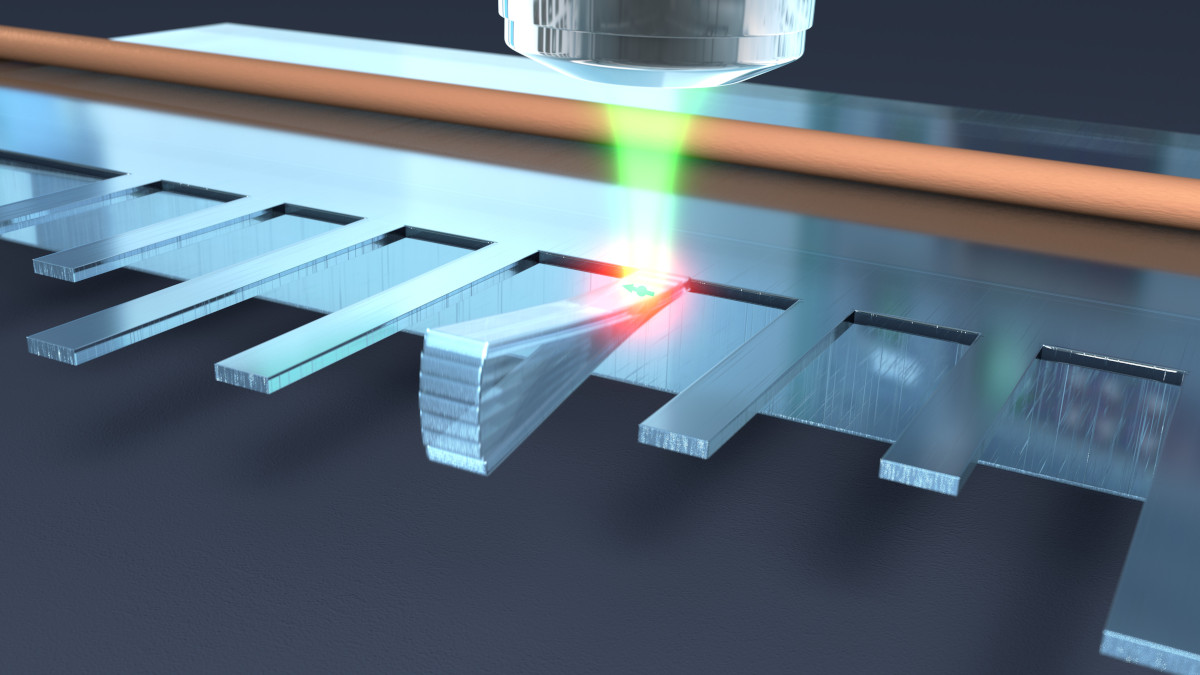
In this picture we made for him it is shown a Nitrogen-Vacancy center spin embedded in a diamond mechanical cantilever. As Dr. Koelbl explains: “To enhance its coherence properties, the spin is driven by both a time-varying strain field and microwave magnetic fields. The strain field is caused by harmonic oscillations of the cantilever, while the nearby wire serves as a near-field microwave source. Optical manipulation allows detecting the improved spin properties.”
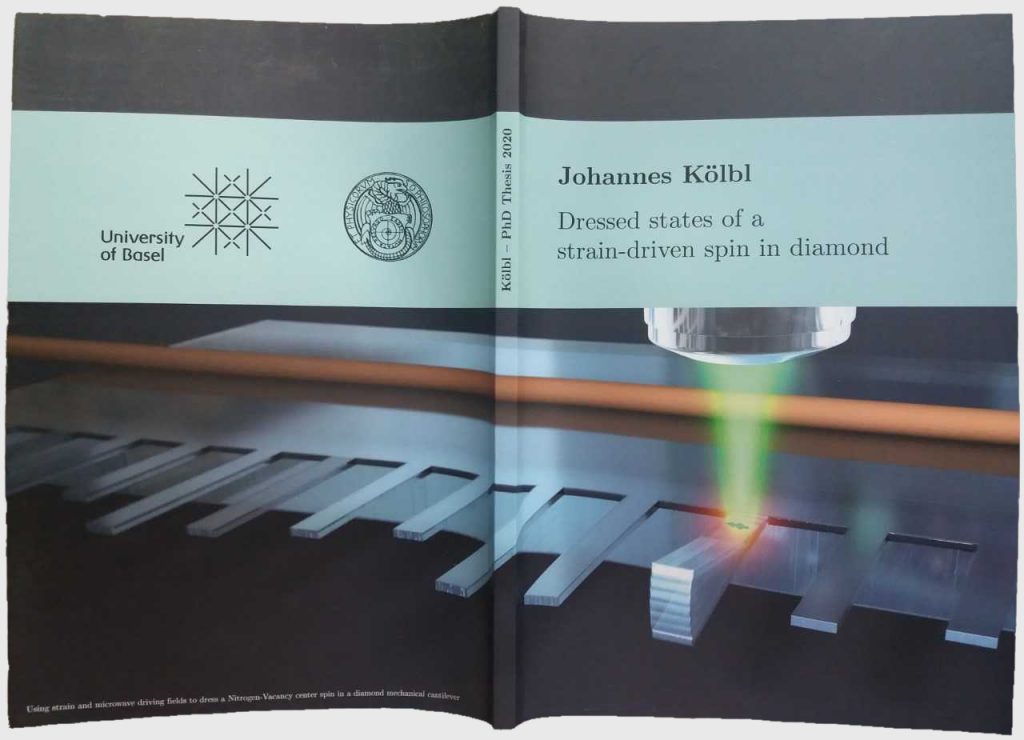
He has chosen this picture to appear in the cover of his thesis manuscript.

